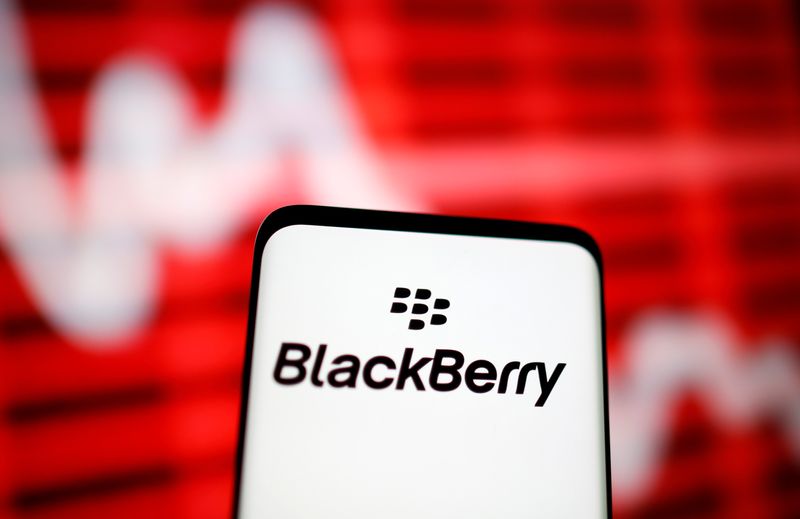Follow us on LinkedIn
Black-Scholes-Merton (BSM) is a celebrated option pricing model that is used frequently in the financial industry [1]. The model was developed initially for equity options but then has been extended to many asset classes. It is so frequently used, to the point that the practitioners almost do not pay attention to the underlying assumptions of the model. But once in a while, a situation will arise that would bring the assumptions back to the attention. A recent example was last year when the price of the front-month oil futures went negative, and the pricing models were not capable of handling the negative price.
Recall that the underlying assumptions of the BSM model are as follow,
- The rate of return on the riskless asset is constant,
- The instantaneous log return of stock price is an infinitesimal random walk with drift; more precisely, the stock price follows a geometric Brownian motion, and its drift and volatility are assumed constant,
- Arbitrage is not possible (i.e., there is no way to make a riskless profit),
- Market participants are able to borrow and lend any amount, even fractional, of cash at the riskless rate,
- Market participants are able to buy and sell any amount, even fractional, of the stock, including short selling,
- The above transactions do not incur any fees or costs (i.e., frictionless market).
The above assumptions are not always realistic; they are sometimes violated.
Over the years, a large body of academic research has dealt with relaxing these assumptions and extending the BSM model. A recent paper [2] proposed a model that incorporates stochastic volatility, stochastic interest rate, and transaction costs into the BSM model. The authors derived a non-linear partial differential equation and then used a finite-difference scheme, implemented in Matlab, to solve it.
This paper considers the problem of pricing options with transaction costs under the Heston-CIR model, which is a combination of the stochastic volatility model introduced by Heston and the stochastic interest rate model driven by the Cox-Ingersoll-Ross (CIR) process. We obtain the numerical solution to the PDE of the Heston-CIR model with transaction costs by implementing the finite difference scheme in MATLAB. More precisely, we consider the Heston-CIR model with a partial correlation, derive a pricing formula for zero-coupon bonds and analyze the delta hedging portfolio of the Heston-CIR model with transaction costs. We use the replicating technique and substitute the solution of zero-coupon bonds to derive the PDE for European call options. We then obtain numerical solutions to the PDE of the Heston-CIR model with transaction costs by implementing the finite difference scheme in MATLAB.
References
[1] F. Black, and M. Scholes, The pricing of options and corporate liabilities, Journal of Political Economy 81, 639–654, 1973
[2] J. Cao, B. Wang, W. Zhang, Valuation of European Options with Stochastic Interest Rates and Transaction Costs, International Journal of Computer Mathematics, 2021
Further questions
What's your question? Ask it in the discussion forum
Have an answer to the questions below? Post it here or in the forum




